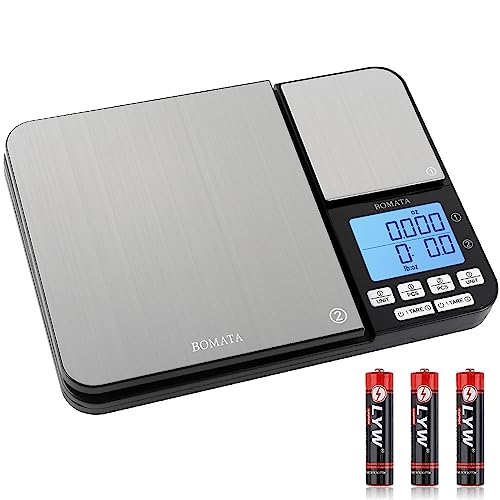Hi All,
Very new to diy cosmetics and this forum, so excuse me if I'm posting in the wrong place! moved
I'm looking to create a goat's milk conditioner and have found recipes online. I'm able to get my hands on the BTMS and other ingredients, but the Optiphen is proving difficult. I live in the UK and it just doesn't seem available.
What can I use an alternative? I'm able to buy Phenoxyethanol and Caprylyl Glycol separately, so can I combine them myself into the recipe? If so how do I work out what % of each?
This is recipe
4.5 Ounces Goat Milk
4 Ounces Flat Beer (any kind)
3 Ounces BTMS Emulsifying Conditioner
1 Ounce Wheat Germ Oil
1/4 Ounce Optiphen Conditioner
Few Drops Fragrance of Choice
Any advice or information greatly received!
Very new to diy cosmetics and this forum, so excuse me if I'm posting in the wrong place! moved
I'm looking to create a goat's milk conditioner and have found recipes online. I'm able to get my hands on the BTMS and other ingredients, but the Optiphen is proving difficult. I live in the UK and it just doesn't seem available.
What can I use an alternative? I'm able to buy Phenoxyethanol and Caprylyl Glycol separately, so can I combine them myself into the recipe? If so how do I work out what % of each?
This is recipe
4.5 Ounces Goat Milk
4 Ounces Flat Beer (any kind)
3 Ounces BTMS Emulsifying Conditioner
1 Ounce Wheat Germ Oil
1/4 Ounce Optiphen Conditioner
Few Drops Fragrance of Choice
Any advice or information greatly received!
















































